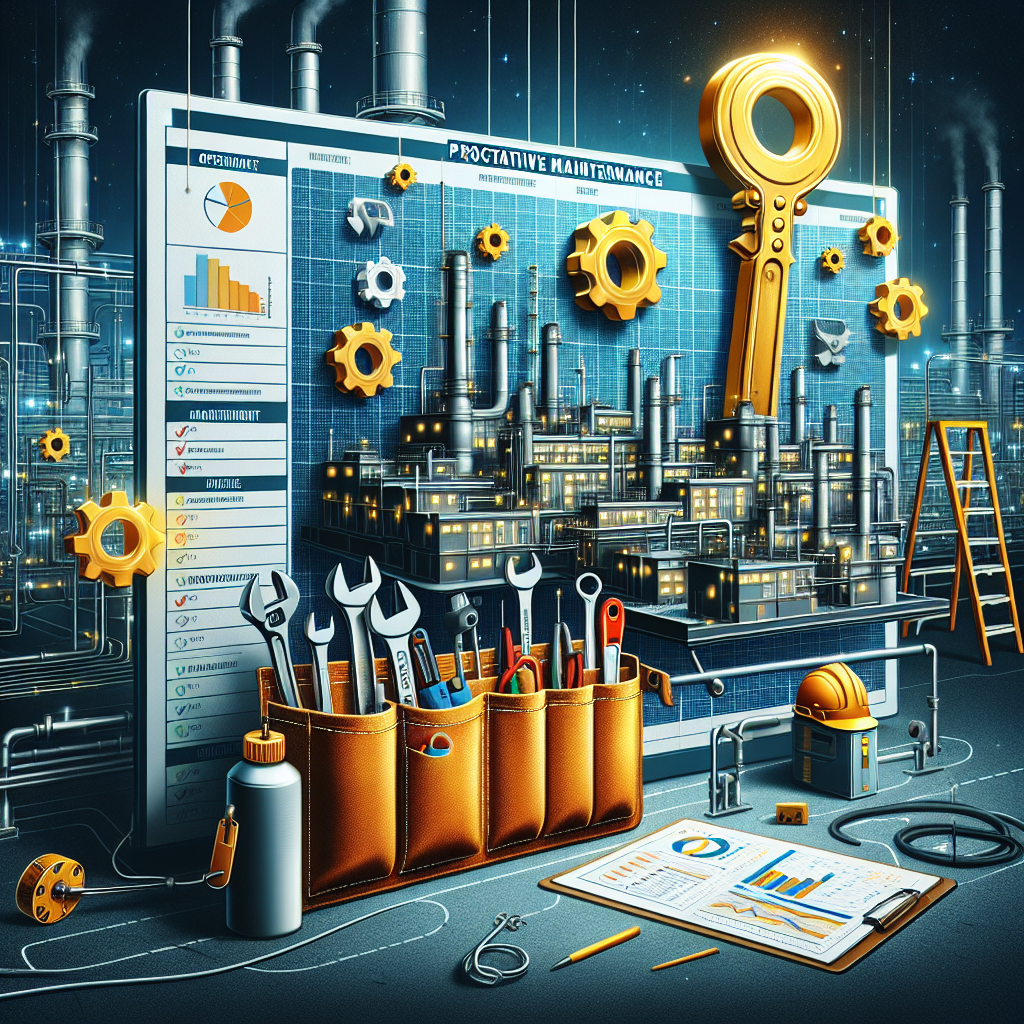Your cart is currently empty!
Proactive Maintenance: A Key Component of Successful Asset Management

Proactive maintenance is a crucial aspect of successful asset management. By implementing a proactive maintenance strategy, businesses can minimize downtime, reduce repair costs, and extend the lifespan of their assets. This approach involves regularly monitoring equipment, identifying potential issues before they escalate, and taking preventative actions to keep assets in optimal working condition.
One of the key benefits of proactive maintenance is that it allows businesses to address issues before they result in costly breakdowns. By conducting regular inspections and maintenance tasks, companies can identify and resolve small problems before they become major issues. This proactive approach helps prevent unexpected downtime, which can have a significant impact on production schedules and profitability.
Additionally, proactive maintenance can help businesses save money in the long run. By identifying and resolving issues early on, companies can avoid expensive repairs and replacements. Regular maintenance also helps improve the efficiency and performance of assets, reducing energy costs and increasing productivity. Overall, proactive maintenance can help businesses save time and money while maximizing the lifespan of their assets.
Another important aspect of proactive maintenance is the use of technology to streamline maintenance processes. Many businesses are now using software and sensors to monitor equipment in real-time, allowing them to track performance metrics and receive alerts when issues arise. This proactive approach to maintenance allows businesses to stay ahead of potential problems and take preventative actions to keep assets running smoothly.
In conclusion, proactive maintenance is a key component of successful asset management. By implementing a proactive maintenance strategy, businesses can minimize downtime, reduce repair costs, and extend the lifespan of their assets. By investing in regular maintenance and leveraging technology to streamline processes, businesses can ensure that their assets remain in optimal working condition, ultimately leading to improved efficiency, productivity, and profitability.

Leave a Reply